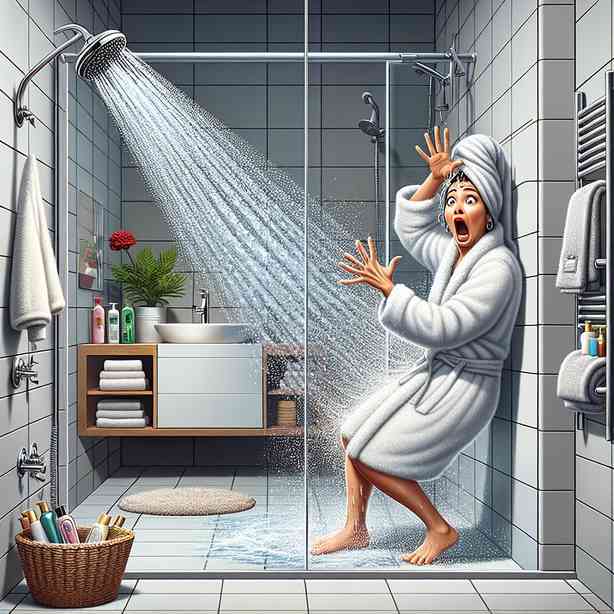
Testing the shower pressure before making a purchase or during a plumbing inspection is an integral part of ensuring a satisfying bathing experience. The shower is often a sanctuary, a place to relax and unwind after a long day, so having the right water pressure is crucial.
Firstly, let’s understand what shower pressure is. It refers to the force of water coming out of the showerhead. Proper shower pressure not only affects your bathing experience, but it also plays a role in how effectively the water cleanses your body. If the pressure is too low, it can lead to a disappointing shower, while excessively high pressure can be both uncomfortable and damaging to your plumbing.
When you test the shower pressure, the first thing to keep in mind is that you are evaluating the comfort level and functionality of the shower system in place. A pressure that’s too low can cause frustration as you struggle to rinse off soap thoroughly. Conversely, high pressure can hurt your skin, making it uncomfortable and possibly leading to issues with your home’s plumbing system.
Low water pressure can often indicate larger issues within the plumbing, such as blockages or leaks in your pipes. Testing it first allows you to identify any potential problems early on. For instance, sediment buildup in the showerhead itself might be affecting the flow rate. By testing the pressure, you may find that a simple cleaning of the showerhead restores adequate water flow.
Additionally, if you are renting or purchasing a property, understanding the shower pressure will help you make more informed decisions. You wouldn’t want to move into a new place only to discover that the shower is less than satisfactory. High or low pressure can indicate the status of the plumbing in general. Low pressure might suggest aging pipes or potential leaks that could become costly down the line, while excessively high pressure may mean that there’s a need for a pressure-reducing valve to protect the fixtures.
Another key aspect is considering the showerhead’s design. Different models have varying flow rates, which can significantly affect the pressure you experience. For example, more modern, water-efficient showerheads are designed to use less water, which can lead to lower blood pressure. However, they should still maintain an enjoyable shower experience. By testing the actual pressure, you can compare it against the specifications of the showerhead to ensure compatibility.
Moreover, a proper shower experience is not just about water pressure; it’s also about the overall water temperature and how quickly it reaches a comfortable level. Low pressure may slow down the heating process, causing longer wait times for hot water. Testing the pressure will provide insights into how your system reaches and maintains temperature, contributing to a more relaxing environment.
It’s also beneficial to take into account the time of day during your test. Water pressure can fluctuate due to peak usage hours when many people are using water in the home. Conducting your test during off-peak hours can give you a clearer picture of what to expect under normal conditions.
In homes with multiple bathrooms, it’s essential to check if the shower pressure remains consistent when other taps or appliances are in use. This will help you understand whether the system can handle simultaneous usage without compromising individual shower experiences.
If you find that the water pressure is not satisfactory, there are several steps you can take. If the pressure is too low, check to see if other faucets or showers throughout the house are also experiencing low pressure. If so, the issue may be more systemic rather than specific to the shower.
Conversely, if the pressure is too high, it may be wise to consider the installation of a pressure regulator. This will help manage the water flow and prevent potential damage to your plumbing and shower fixtures, extending their lifespan.
Lastly, understanding and testing shower pressure is not merely a one-time task. Regular checks can ensure your plumbing is in good working order. It is wise to make this part of your ongoing home maintenance routine.
In conclusion, testing the shower pressure is not just a mundane task but an essential part of home management. It affects comfort, safety, and the longevity of your plumbing system. By taking the time to evaluate it, you can ensure you have a fulfilling and relaxing shower experience that meets your expectations. Remember, a proper shower experience is foundational to daily well-being, so treating shower pressure evaluation with importance is essential for maintaining your home.


